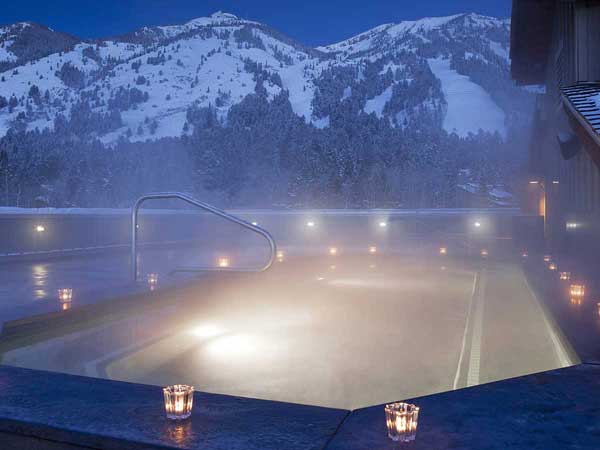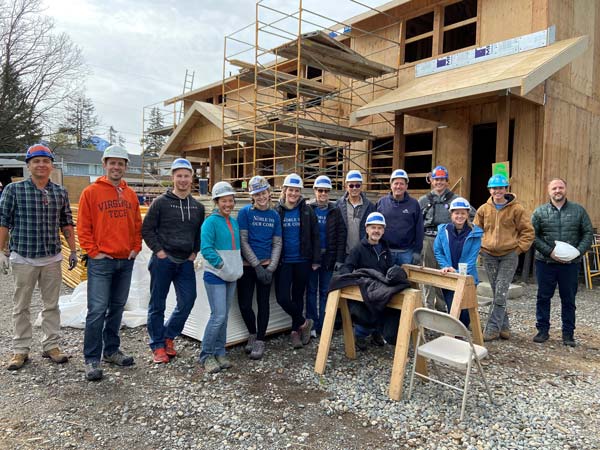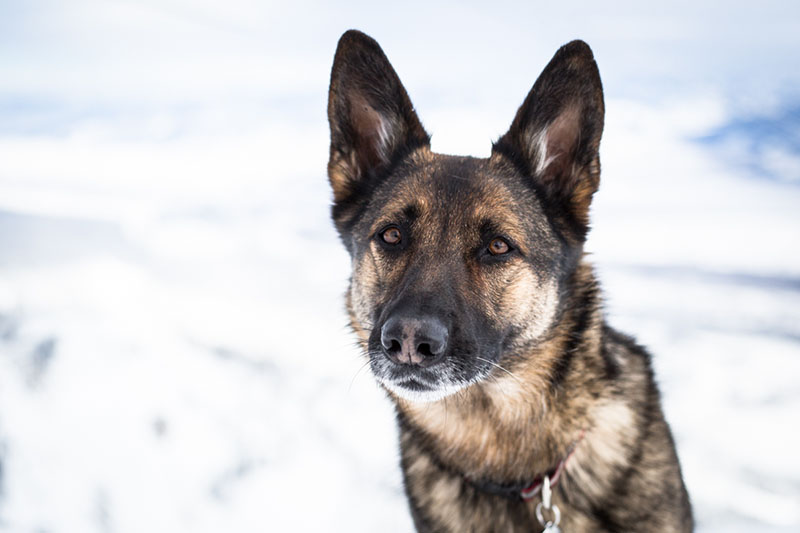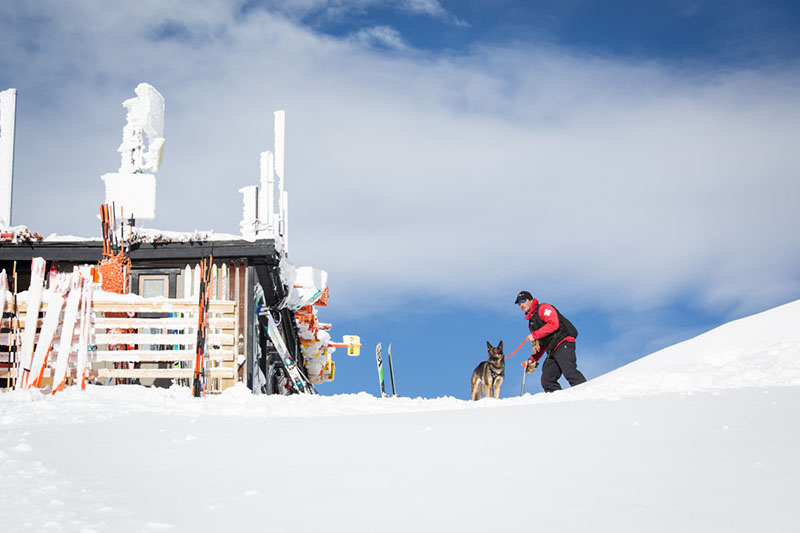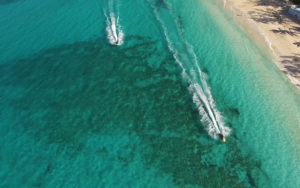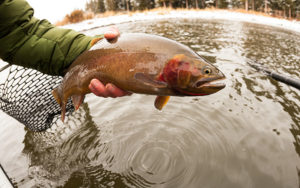Josie, Cricket, Grover Cleveland – with playful names like these, you’d think these dogs were just any lovable household pet. But as part of the Jackson Hole Mountain Resort avalanche rescue team, these search and rescue dogs are the biggest players – and assets – in saving lives in the wilds of the Tetons. Sure, they go home with their handlers at night and live the life of any normal pet, but when they’re on the mountain working patrol (see what an average day of training is like for them in this Teton Mountain Lodge & Spa blog post) or – god forbid – answering an avalanche rescue call either inbounds or across the state, they’re no longer just dogs. They’re machines, relying on their nose, speed, and insatiable desire to dig to recover a buried human as fast as possible.
Amanda Soliday knows the type all too well. A Jackson resident and president of the Wyoming K9 Search & Rescue, she has more than 25 years of working with all kinds of search and rescue dogs, including avalanche rescue dogs (aka “avy dogs”), as well as training other handlers. Handler of a two-year old golden retriever named Otis (who has multiple search and rescue certifications on top of avalanche), Soliday shares a few of the things you never knew about these often unsung heroes of the backcountry.
Not Every Dog Is Cut Out for This Work
When a potential search and rescue dog – whether a tracking dog, a disaster dog, a cadaver dog, a water search dog, or, in this case, an avy dog – is around six or seven weeks old, trainers administer something like an aptitude test. Called the Volhard Puppy Test, it assesses three main things: prey (will the dog chase things like squirrels?), play (do he or she show interest in games, like tug and fetch?), and hunt (will they work for a toy or a reward?). “If [he or she] demonstrates enough of a drive within all these categories, you’ve got yourself a potential avy dog,” Soliday says.
German Shepherds Are Not the Only Good Search Dogs
They’re probably the best-known breed of working dog, but Soliday herself has trained four sport golden retrievers, while her colleagues have had labs, border collies, and Aussies, as well as mixed breeds. One type that people often mistake for a good avalanche rescue dogs: huskies. “Huskies are built for snow, and they like to prey and play, but they’re not the best at hunt – meaning they can go out and locate a person, but they usually won’t come back for the reward, which is important because that’s how they let you know they found someone.”
They’re Not Searching for Any Old Scent
“I can hide a penny in the snow, and Otis will find it – no problem. But he’s not searching for the scent of copper. He’s searching for the scent of human – the scent I left on the penny with my hand,” Soliday says. Humans, dead or alive, constantly emit airborne microscopic particles bearing human scent. That’s why dogs search downwind of the section assigned to search parties – because they’ll pick up those airborne particles carried on the wind. And buried victims (if conscious) emit even stronger-than-normal scent because, chances are, they’re panicking, which leads to sweating, which leads to more of these airborne particles.
One Avy Dog is Worth 40 “Ground Pounders”
In a search, one dog can cover the same amount of ground as 40 people with probes could. Yes, because that powerful shnoz allows them to quickly eliminate when a human is not present in the area, but also because they can search in all kinds of weather and at night; plus, they simply move faster. Speed is especially vital with avalanche victims; if found within 15 minutes of burial, 90 percent of victims survive – after a half-hour, it drops to a 30 percent survival rate.
Their Reward for a Job Well Done Isn’t Always Food
In your house, the natural reward for your pooch is likely an edible treat. But most of the times, since toys are heavily used in their training exercises, these dogs’ favorite rewards aren’t a bone but their beloved object. It’s different for each dog, Soliday says – she once had a dog that loved flexible Frisbees, another that loved bouncy balls, and another that loved any kind of rope tug toy.
Hotel Terra // Teton Mountain Lodge





